Syria’s rebel coalition consists of Islamist and moderate factions who, despite their differences, are united in fighting the Assad regime, ISIS and Iran-backed militias.
Here are some of the groups forming the coalition:
Hayat Tahrir Al Sham (HTS): The most prominent and formidable of the groups is HTS, also known as the Organization for the Liberation of the Levant. HTS was founded by Abu Mohammad al-Jolani, a military commander who gained experience as a young fighter for al Qaeda against the United States in Iraq.
He created Jabhat al-Nusra, al Qaeda’s Syrian affiliate, and operated the group until a public split with in 2016 over ideological differences and opposition to ISIS. Jolani formed HTS in 2017.
Despite Jolani’s effort to distance HTS from al Qaeda and ISIS, the US and other Western countries designated it a terrorist organization in 2018 and placed a $10 million bounty on him.
The Syrian National Army (SNA): The “Syrian National Army” incorporates dozens of factions with various ideologies that receive funding and arms from Turkey.
That coalition includes the National Liberation Front, comprising factions like Ahrar al-Sham whose stated aims are to “overthrow the (Assad) regime” and “establish an Islamic state governed by Sharia law.”
Complicating matters is that some members of the rebel coalition are also fighting Kurdish forces.
The Turkish-backed Free Syrian Army said last week it had seized control of the city of Tal Rifaat and other towns and villages in the northern part of the Aleppo governorate.
Those territories were previously held not by Assad’s government but by another faction involved in the multi-front civil war: the Syrian Democratic Forces.
The SDF are largely made up of Kurdish fighters from a group known as the Peoples’ Protection Units (YPG), which is considered a terrorist organization by Turkey.
In Syria’s south, fighters from the country’s Druze religious minority have also joined the fight, a local activist group told CNN.
Druze are fighting in the southern city of as-Suwayda, which neighbors the Daraa province, where opposition forces claim to have taken control of Daraa city.
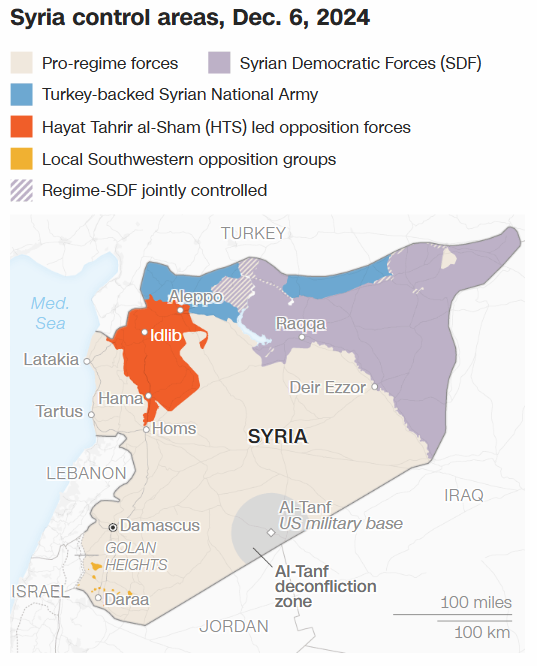
Syrian faction leader lays out possible road map if Assad regime falls
A Syrian faction’s political leader who attended the 2015 peace talks in Geneva has laid out a possible political road map for if President Bashar al-Assad’s regime completely topples.
Salem al-Meslet is the former president of the National Coalition of Syrian Revolutionary and Opposition Forces, a group of opposition factions that came together in unity with the goal of overthrowing the Assad regime.
He told CNN there would first be a withdrawal of all armed factions outside the cities and only civil police would exist.
The plan would be to “work hard on preserving and protecting all state institutions” and keeping all employees in their positions, Meslet, who was also the Syrian Interim Government president, told CNN.
A transitional body would be in place to lead for a period of six to nine months, followed by elections for a new parliament and civilian leadership.
But given the rapid rise of rebel group Hayat Tahrir Al-Sham (HTS), it’s unclear how much influence this faction will have. HTS was formed out of a former al Qaeda affiliate and is the main group driving the armed opposition now.
In the early hours of Sunday, Rebel forces appear to have entered the Syrian capital of Damascus, one resident told CNN, as the Assad regime’s defenses showed signs of collapsing. A second source familiar with the rebels’ advance said Damascus appears to have fallen militarily.
Rebels appear to have entered Damascus, resident says, as Assad regime’s defenses collapse
Rebel forces appear to have entered the Syrian capital of Damascus, one resident told CNN, as the Assad regime’s defenses showed signs of collapsing.
“The rebels are in Barzeh,” a neighborhood inside Damascus city, the resident told CNN, adding that clashes were currently taking place.
“I saw rebel fighters moving through the inner alleys of Barzeh toward Police Club Street, and I can hear very loud sounds of clashes. The electricity is cut off, and the internet is very weak, people are staying at their houses.”
Reconnaissance units had entered Damascus overnight searching for President Bashar al-Assad but were unable to find him, the source added.
Special rebel operatives have entered Damascus and are taking up key positions in “strategic places,” the source said.
The rebels say they are in touch with senior Assad regime elements who are considering defecting.
Through the day, anti-regime forces have been moving from the north, south and east toward Damascus, reaching suburbs less than 5 miles — and in one case, barely 1 mile — from the center of the Syrian capital.

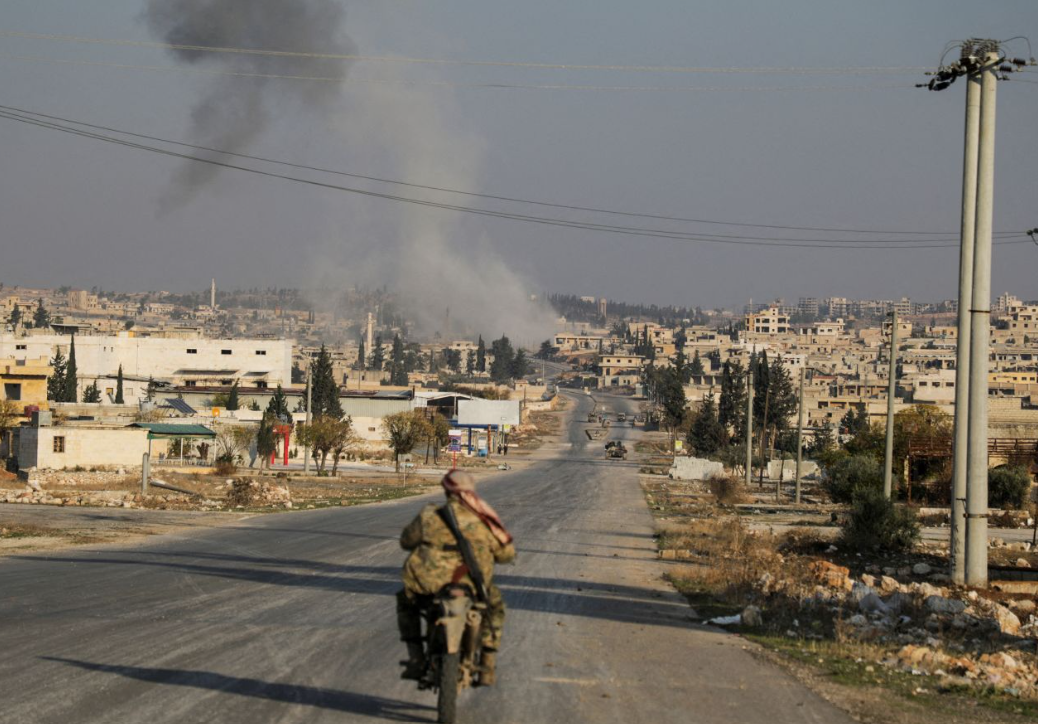

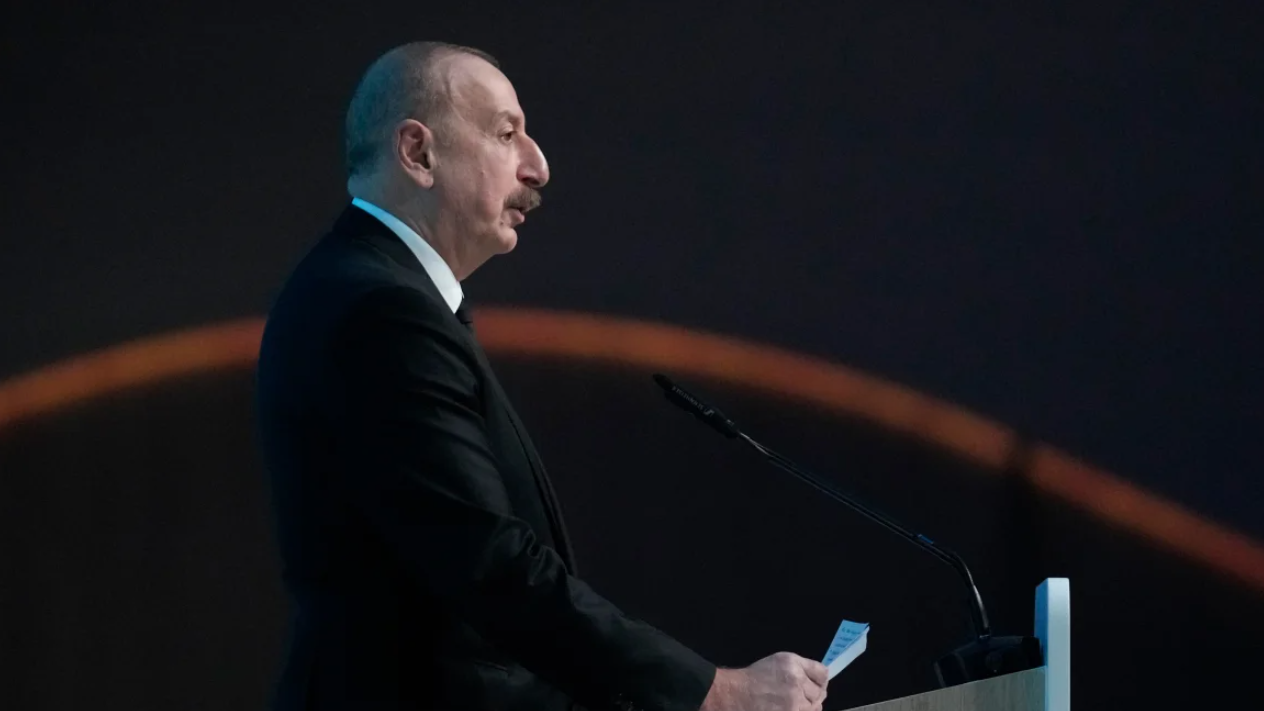




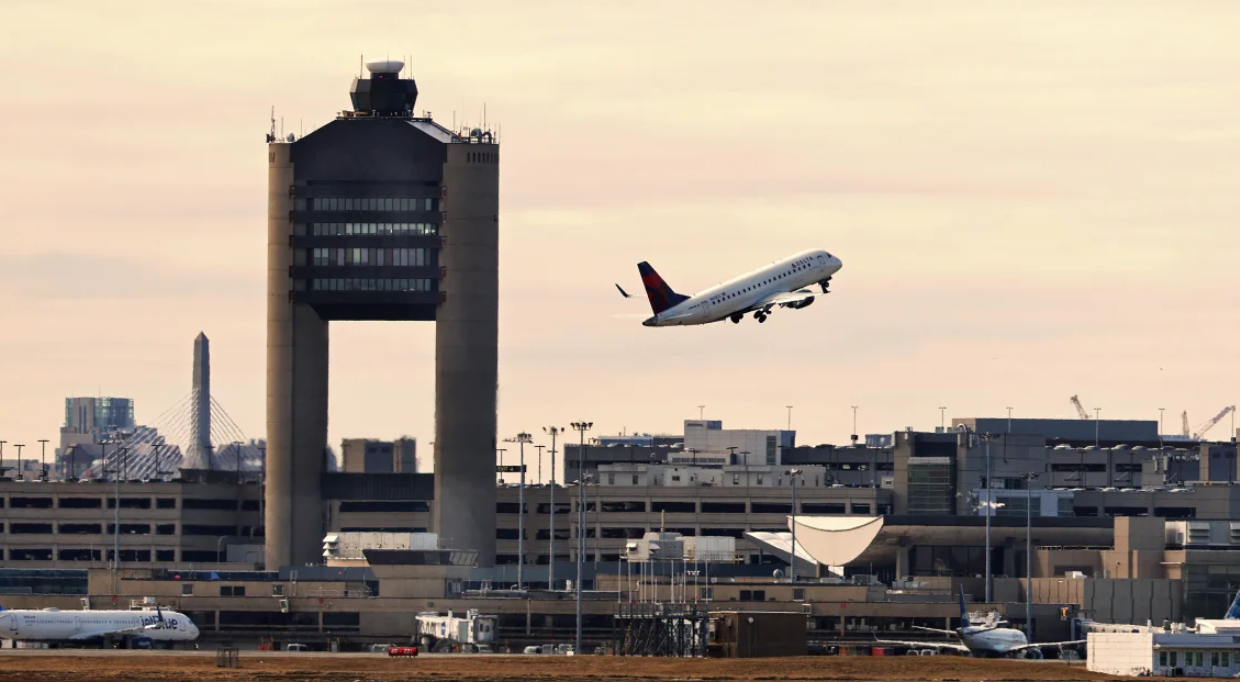
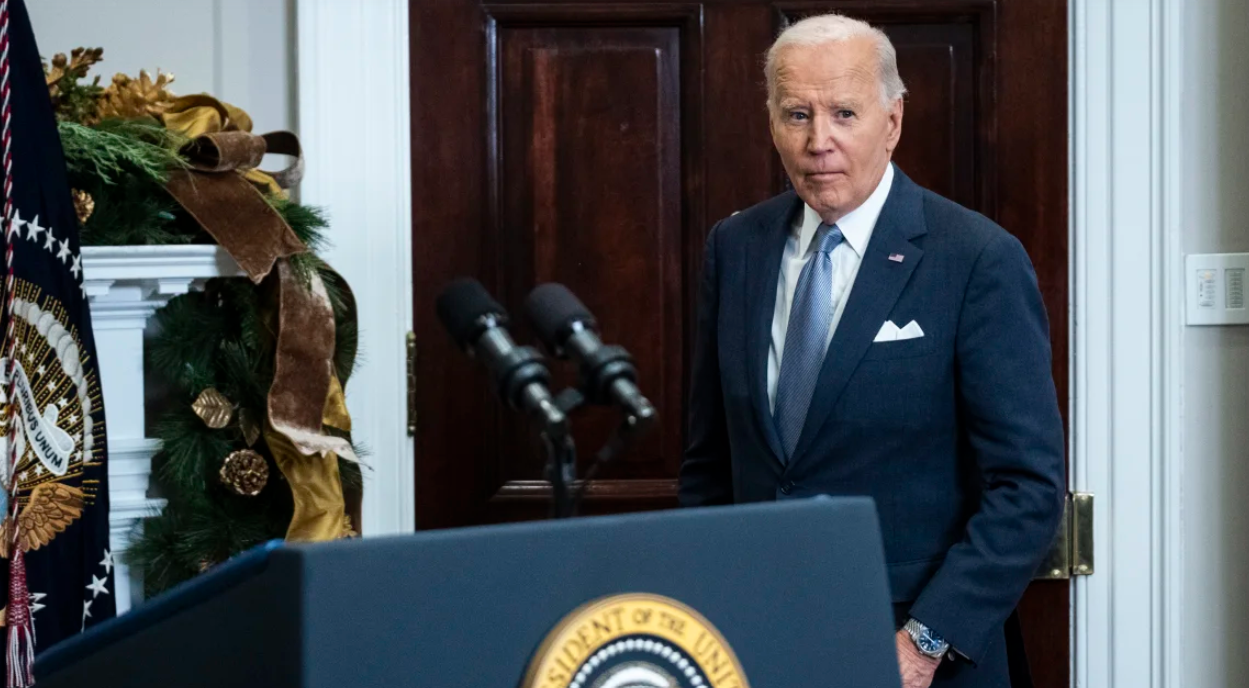
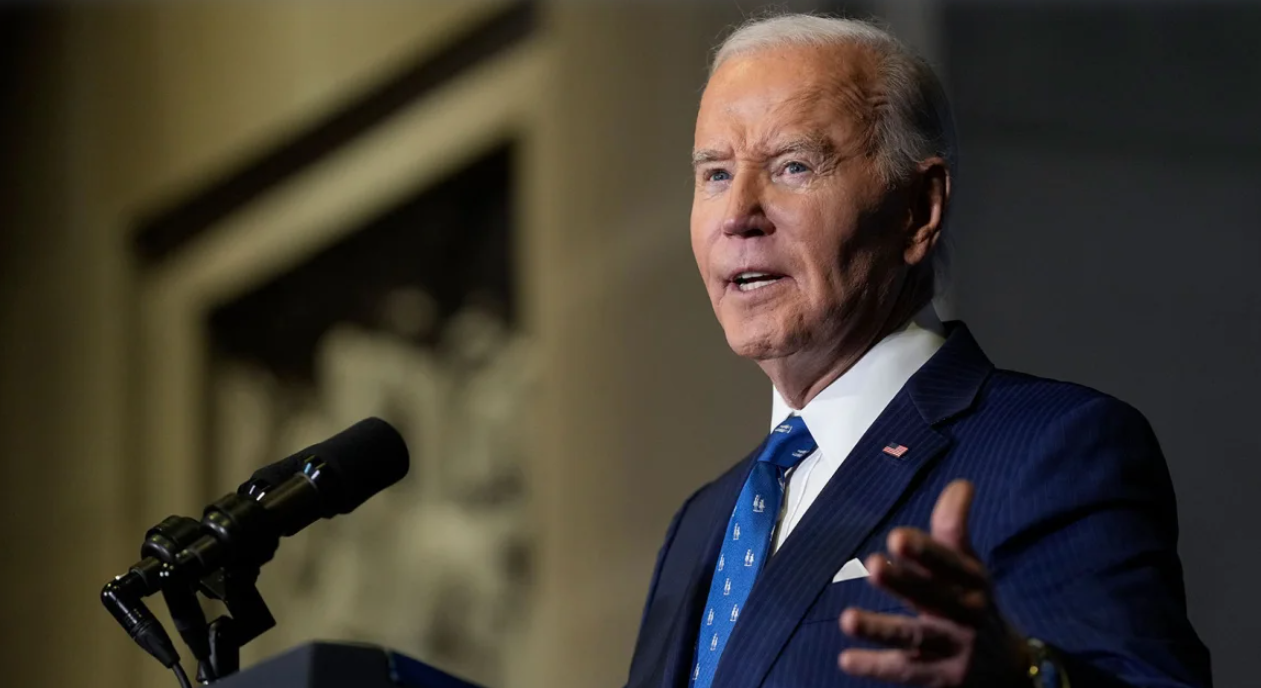
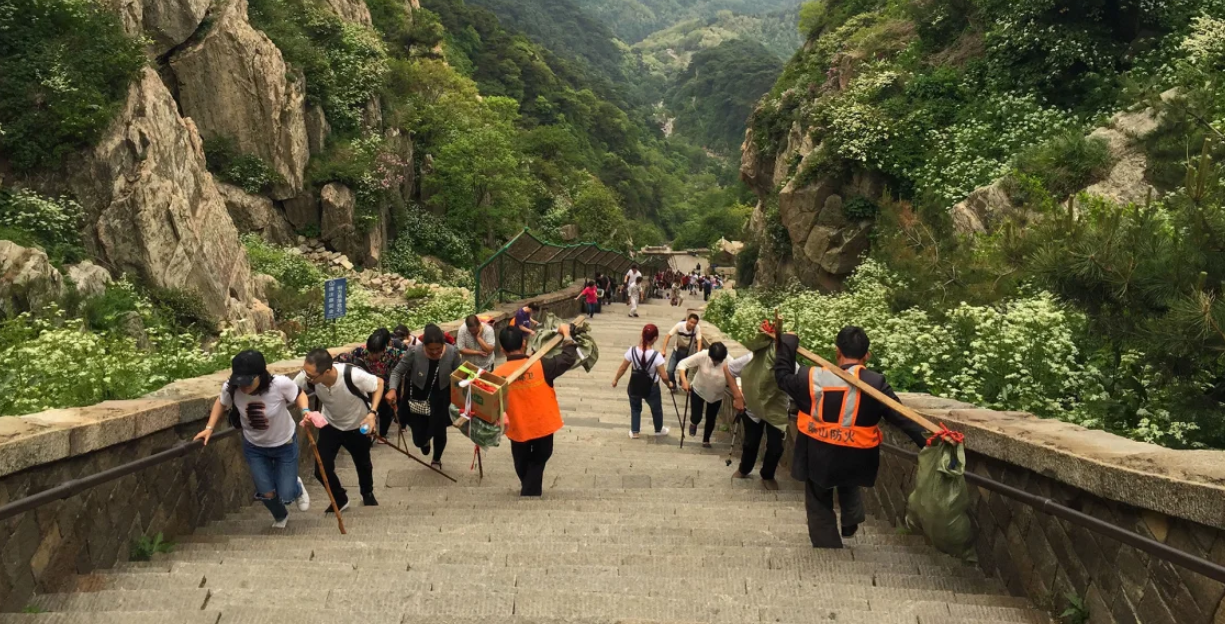


Leave a Reply